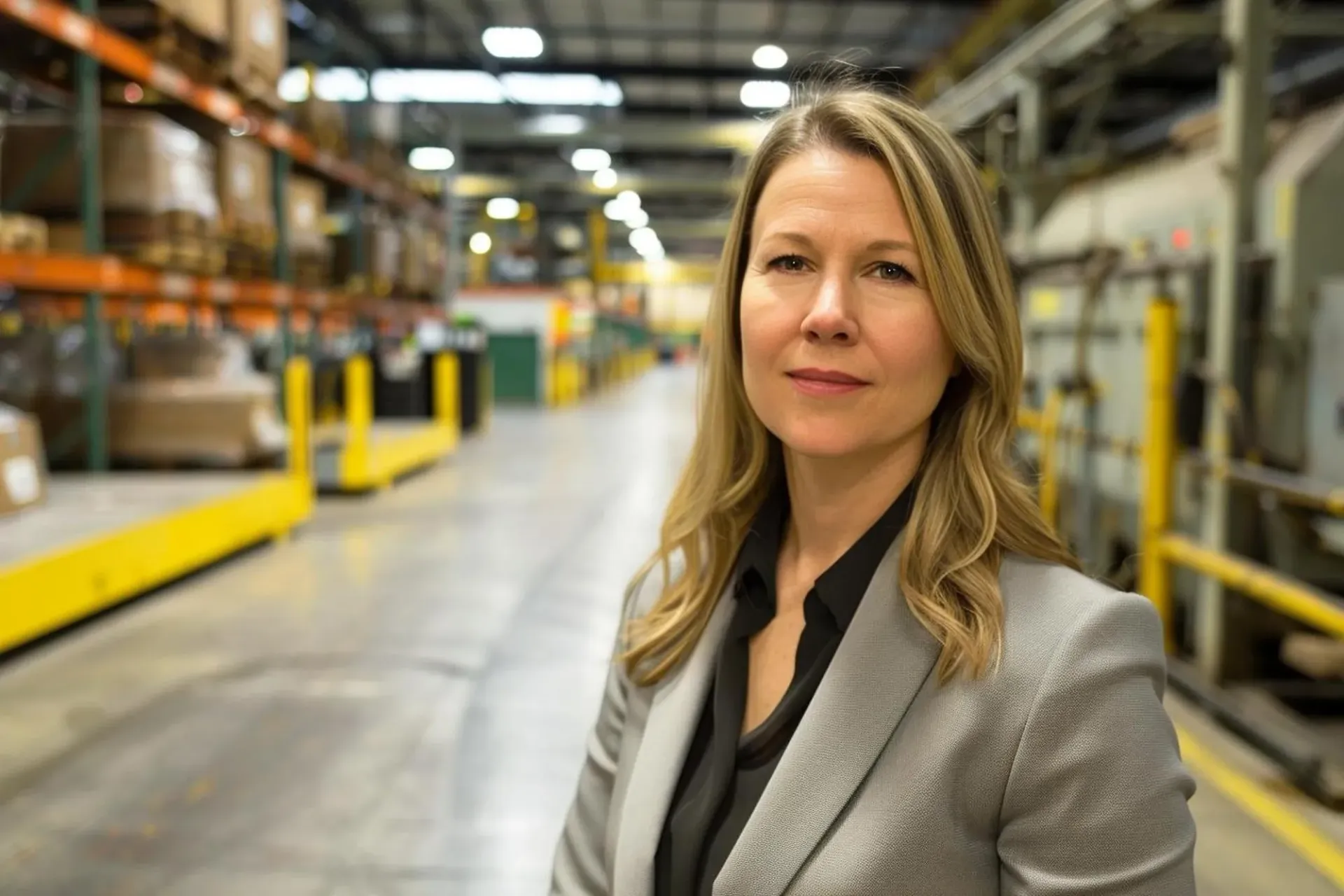Executives Aren’t Looking, and That’s Exactly Why You’re Not Finding Them
The best executive candidates aren’t scrolling job boards. They’re not updating their LinkedIn profiles. They’re doing their jobs—quietly, effectively, and often invisibly.
In Australia, 57% of professionals are passive jobseekers. Globally, 85% of jobs are filled through networking, not applications . Which means the leaders you need most? They’re only reachable through trusted conversations.
The companies winning the best people aren’t hiring reactively. They’re building credibility long before a vacancy emerges. If you're waiting until you're hiring to tell your story, you're already too late.
Pay Is the Starting Point, But It's Not the Deciding Factor
Yes, money still matters. CEO pay in Australia rose 7% last year to $2.87M . In FMCG, Sales, Marketing and Supply Chain Directors often sit between $250K–$350K, with STI bonuses between 25–35% .Hays Recruitment
But today’s executives aren’t moving for the money—they’re moving despite it. Leaders are leaving well-paid roles because of toxic cultures, unclear mandates, or boardroom dysfunction. They’re rejecting ‘opportunities’ that come wrapped in risk.
Remuneration still needs to be competitive—but don’t mistake high pay for high attraction. If your culture’s broken, it’s not a salary issue. It’s a credibility issue.
The EVP Credibility Gap: Overpromising, Underdelivering, and Losing Trust
The modern EVP has become a corporate echo chamber. ‘Flexible.’ ‘Purpose-led.’ ‘Empowered.’ And yet, behind the scenes, many leaders report feeling disillusioned. Internal data from Gallup shows trust in senior leadership is the top driver of executive turnover—and one of the fastest eroded.
You can’t market a high-performing leadership environment if your leaders are burnt out, disconnected, or cycling through at 18-month intervals. Executives now audit your internal leadership dynamic before they ever speak to a recruiter.
You’re not just competing on benefits. You’re competing on internal consistency—and many companies are failing that test.
Succession Theatre: The Illusion of Planning and the Reality of Panic
The average CEO tenure in Australia is now just 4.7 years . CFOs average 4.6 . And according to PwC, only 13% of companies have a defined successor in place.eci.net.au
That’s not a pipeline. That’s a risk register. And executives know it.
Succession is now a visibility issue. Executives evaluating your organisation want to know who’s next—what the pathway is, how leaders are developed, and whether they’ll be part of something with continuity.
If succession is still buried in HR or 'under discussion', it’s not a plan. It’s an exposure.
Why Internal Mobility Isn’t Working—and Executives Are Leaving Because of It
Australia’s internal promotion rates among mid-senior execs have stagnated since 2022 . The reason? Lack of clarity, poor mentoring, and misaligned performance expectations.
When leaders don’t see a path up, they create a path out. And ironically, many companies lose top internal candidates only to hire someone externally for the exact same role—at a 25–30% cost premium.
Executives aren’t expecting handouts. But they are expecting transparency. If your high-performers can’t see the next role—or the sponsor who believes they can do it—they’ll stop investing. And start leaving.
You Don’t Build a Talent Pipeline When You’re Hiring. You Build It When You’re Not.
In FMCG, timing kills opportunity. Executive hiring isn’t about reaching people when you’re ready. It’s about being known, respected, and top-of-mind when they are.
Most leadership roles are filled before they’re ever advertised—sometimes before they even exist. Strong employer brands don’t recruit reactively. They build reputation capital consistently, through:
- Leader visibility
- Board-level stability
- Industry credibility
By the time you post a role, your ideal candidate has already formed their opinion. You either show up as a career-defining opportunity—or just another search brief to decline.
Who’s Getting This Right (and Why It Matters)
Companies like L’Oréal ANZ and Coles have begun reshaping their executive visibility. L’Oréal’s investment in gender equity and succession transparency has made it one of the most desirable FMCG brands to work for. Coles’ ‘People & Culture’ overhaul has earned recognition for its leadership mobility and senior female appointments.
These aren’t just HR wins. They’re market signals. Executives want to work with leadership teams who are thinking five years ahead, not firefighting quarter to quarter.
If your leadership brand doesn’t speak for itself, your headcount will.
FMCG Doesn’t Have a Talent Problem. It Has a Leadership Signal Problem.
Executives today are deliberate. They choose leaders—not companies. They chase clarity, not compensation. They follow the signal—not the job ad.
If your senior team is invisible, if your succession plan is murky, if your EVP is performative, or if your best people are walking out the door—it’s not a hiring issue. It’s a leadership credibility issue. And in a market this competitive, credibility is everything.


